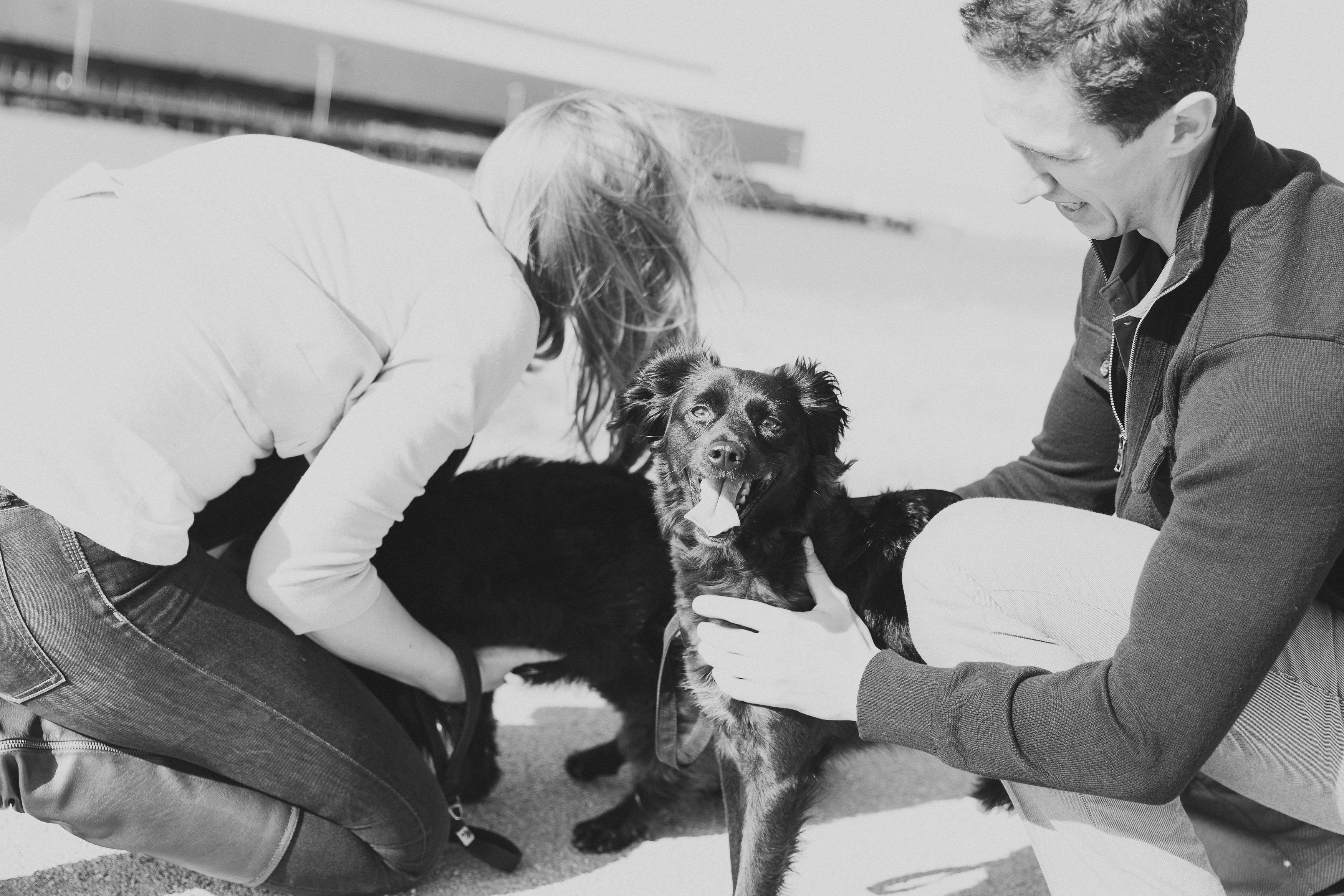FACT OR FICTION
It’s important to understand that there is no such thing as a completely hypoallergenic dog. All dogs produce allergens to some degree, whether it’s in their saliva, urine, or dander. However, some breeds are thought to produce fewer allergens than others. These breeds are often referred to as hypoallergenic.
While there is no definitive list of hypoallergenic dog breeds, some common examples include the poodle, bichon frise, and schnauzer. These breeds are often recommended for people with allergies because they have non-shedding coats and produce less dander.
A HYPOALLERGENIC RESCUE?
If you’re looking to adopt a hypoallergenic dog, you may be wondering if it’s possible to rescue one. The answer is yes, it is possible! While shelters may not have a large selection of hypoallergenic breeds, they often have a variety of mixed-breed dogs that could have hypoallergenic qualities.
“All dogs produce allergens to some degree, whether it’s in their saliva, urine, or dander. However, some breeds are thought to produce fewer allergens than others.”
In addition to breed and allergy testing, there are other steps you can take to reduce allergens in your home. Regular grooming, such as brushing and bathing your dog, can help remove allergens from their coat. Keeping your home clean and using air purifiers can also help reduce allergens in the air.
Living harmoniously with a hypoallergenic rescue dog is possible with the right knowledge and preparation. Even though there is no perfectly hypoallergenic dog, dog lovers with allergies to experience the joy and companionship of a furry friend!

If you enjoyed this post, you should read Top Dog Training Tips for Spring: Clickers, Trails, and Positive Reinforcement here.
Have your allergies kept you from adopting a dog?
